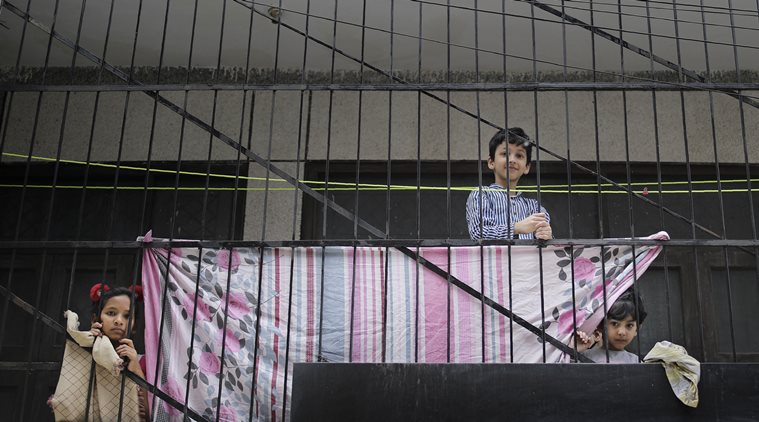While less effective than the combined approach, quarantine plus workplace distancing measures presented the next best option for reducing COVID-19 cases, followed by quarantine plus school closure, and then quarantine only.
A Singapore modelling study indicates that quarantining people infected with coronavirus (COVID-19) and their family members, school closures plus quarantine, and workplace distancing plus quarantine, in that order, are effective at reducing the number of COVID-19 cases, with a combination of all three being most effective in reducing cases.
While less effective than the combined approach, quarantine plus workplace distancing measures presented the next best option for reducing COVID-19 cases, followed by quarantine plus school closure, and then quarantine only. All intervention scenarios were more effective at reducing cases than no intervention at all.
The study, published in the journal, The Lancet Infectious Diseases, is the first-of-its-kind to investigate using these options for early intervention in Singapore using simulation. Despite heightened surveillance and isolation of suspected and confirmed COVID-19 cases, the risk is ongoing, with the number of cases continuing to increase in Singapore.
Schools have not been closed, and workplace distancing is recommended, but it is not national policy.
In a statement issued on Tuesday, Dr Alex R Cook, National University of Singapore, said: “Should local containment measures, such as preventing disease spread through contact tracing efforts and, more recently, not permitting short-term visitors, be unsuccessful, the results of this study provide policy makers in Singapore and other countries with evidence to begin implementation of enhanced outbreak control measures that could mitigate or reduce local transmission rates if deployed effectively and in a timely manner.”
The study found that the combined approach could prevent a national outbreak at relatively low levels of infectivity [basic reproductivity value (R0)=1.5], but at higher infectivity scenarios [R0=2.0 (considered moderate and likely) and R0=2.5 (considered high)], outbreak prevention becomes considerably more challenging because although effective at reducing infection, transmission events still occur.
To assess the potential impact of interventions on outbreak size, should local containment fail, authors developed an individual-based influenza epidemic simulation model, which accounted for demography, individual movement and social contact rates at workplaces, schools and homes, to estimate the likelihood of human-to-human transmission of SARS-CoV2.
Model parameters included how infectious an individual is over time, the proportion of the population assumed to be asymptomatic (7.5 per cent), the cumulative distribution function for the mean incubation period (with the virus that causes SARS and the virus that causes COVID-19 having the same mean incubation period of 5.3 days), and the duration of hospital stay after symptom onset (3.5 days).
Using this model, authors estimated the cumulative number of SARS-CoV2 infections at 80 days, after detection of 100 cases of community transmission. Three values for the basic reproduction number (R0) were chosen for the infectiousness parameter, including relatively low (R0=1.5), moderate and likely (R0=2.0), and high transmissibility (R0=2.5). The basic reproduction numbers were selected based on analyses of data from people with COVID-19 in Wuhan, China.
In addition to a baseline scenario, which included no interventions, four intervention scenarios were proposed for implementation after failure of local containment: 1) isolation of infected individuals and quarantine of their family members (quarantine); 2) quarantine plus immediate school closure for two weeks; 3) quarantine plus immediate workplace distancing, in which 50 per cent of the workforce is encouraged to work from home for two weeks; 4) a combination of quarantine, immediate school closure, and workplace distancing.
These interventions follow some policy options currently being undertaken (quarantine and some workforce distancing) by the Singaporean Ministry of Health, as standard interventions for respiratory virus control.
Source: Read Full Article





